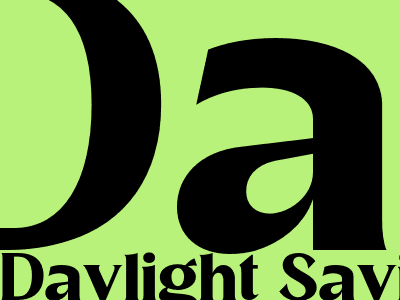
## Daylight Saving Time 2024: What You Need to Know Daylight Saving Time (DST) is a practice of advancing clocks during warmer months so that evening daylight lasts longer. In the United States, DST begins on the second Sunday in March and ends on the first Sunday in November. For 2024, DST will begin on **March 10th** and end on **November 3rd**. **When to Set Your Clocks Forward** You will need to set your clocks forward by one hour on the morning of **March 10th, 2024, at 2:00 AM**. This means that at 2:00 AM, clocks will be set to 3:00 AM. **When to Set Your Clocks Back** You will need to set your clocks back by one hour on the morning of **November 3rd, 2024, at 2:00 AM**. This means that at 2:00 AM, clocks will be set back to 1:00 AM. **Benefits of Daylight Saving Time** * **More evening daylight**: DST allows people to enjoy more daylight hours in the evening, which can be beneficial for outdoor activities and socializing. * **Reduced energy consumption**: DST can lead to reduced energy consumption as people use less artificial lighting in the evenings. * **Improved mood**: Some studies have suggested that DST can improve mood and reduce the risk of seasonal affective disorder (SAD). **Disadvantages of Daylight Saving Time** * **Sleep disruption**: Changing the clocks twice a year can disrupt sleep patterns and lead to fatigue. * **Increased risk of accidents**: Studies have shown that there may be an increased risk of accidents, particularly car accidents, in the days following the switch to DST. * **Health impacts**: Some people may experience health problems, such as headaches and nausea, due to the time change. **Conclusion** Daylight Saving Time is a practice that has both benefits and drawbacks. It is important to be aware of the potential impacts of DST before making a decision about whether or not to support it.